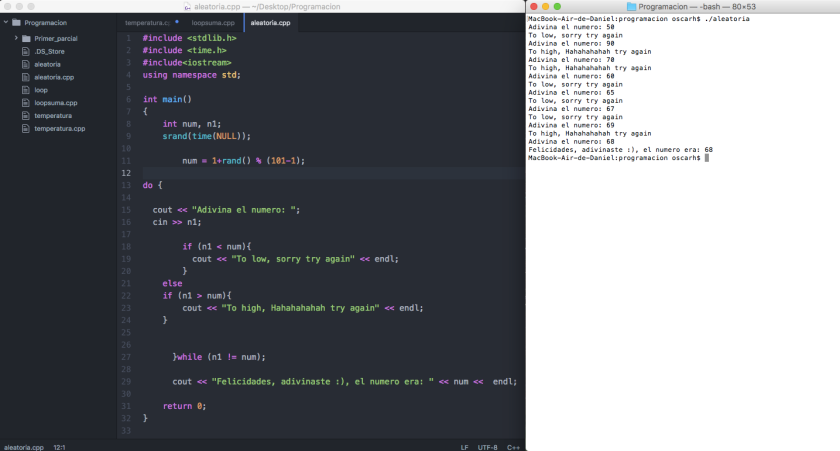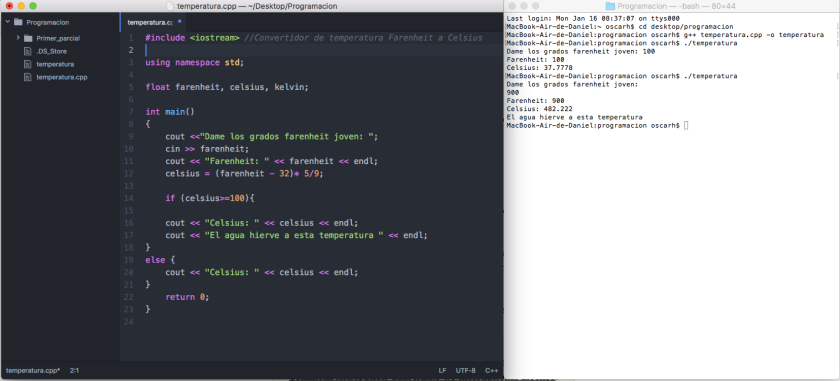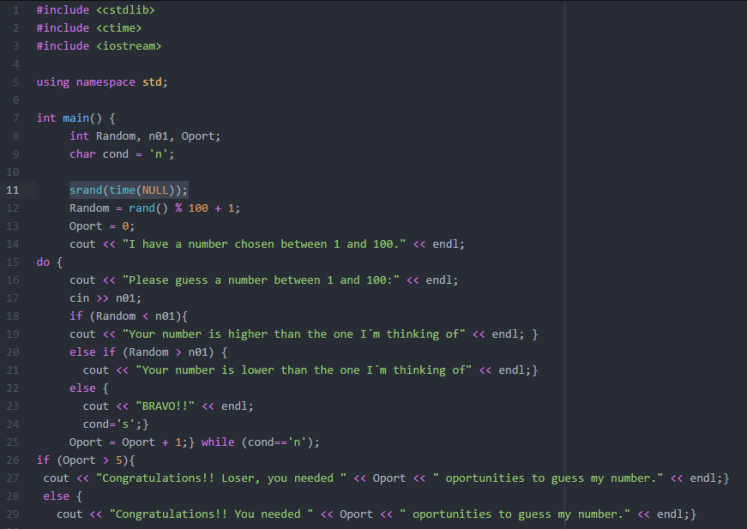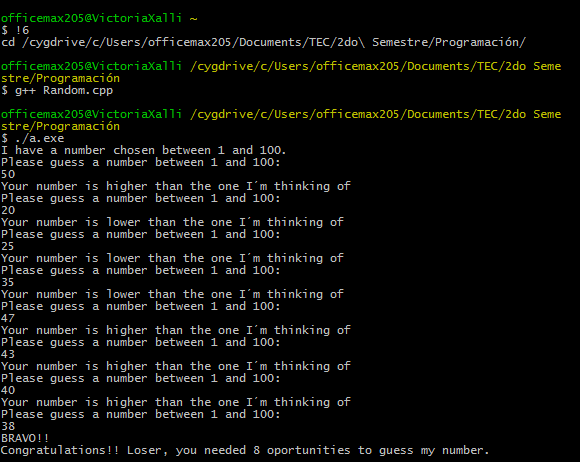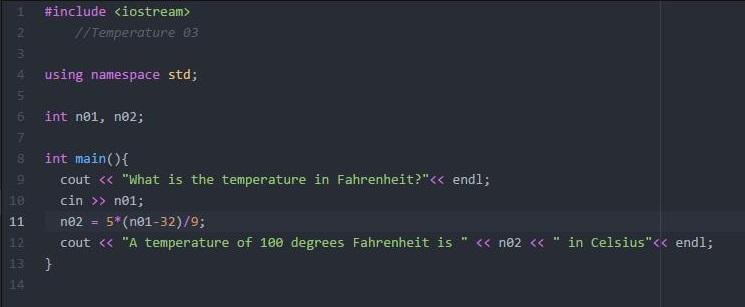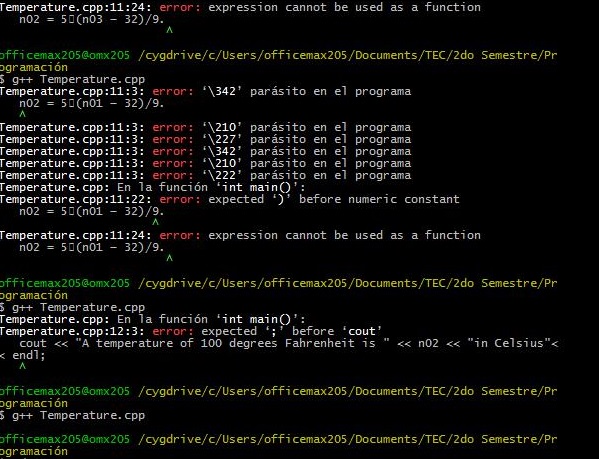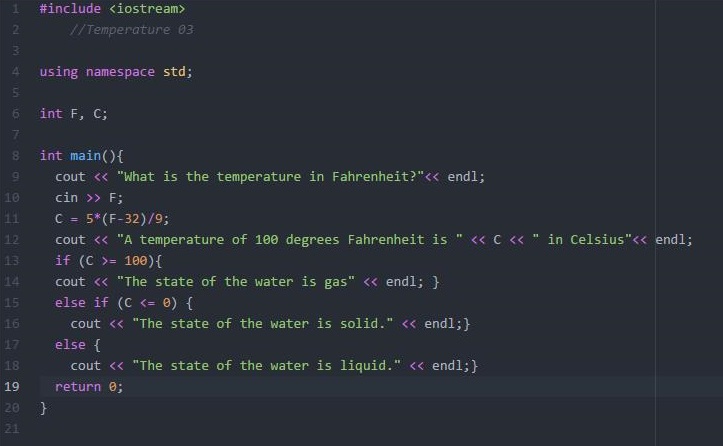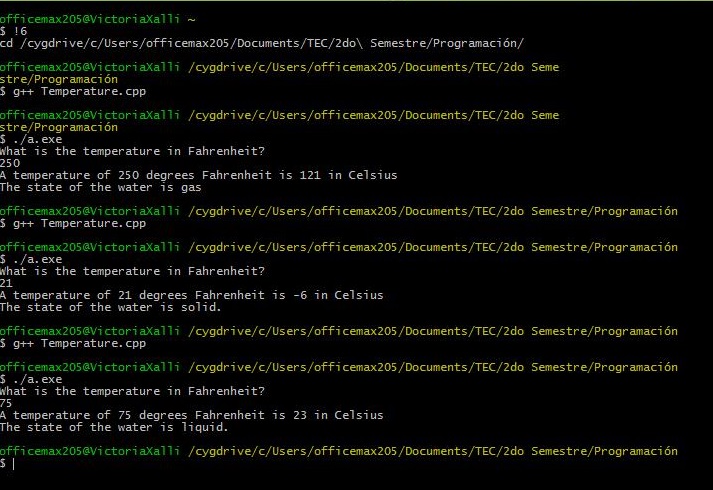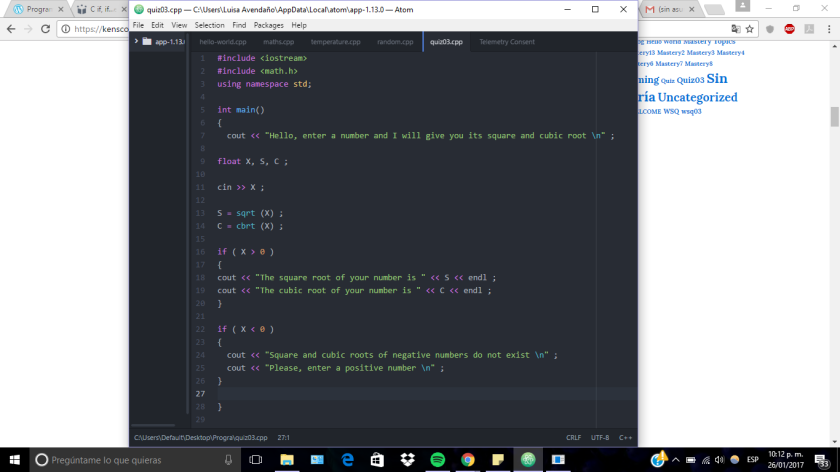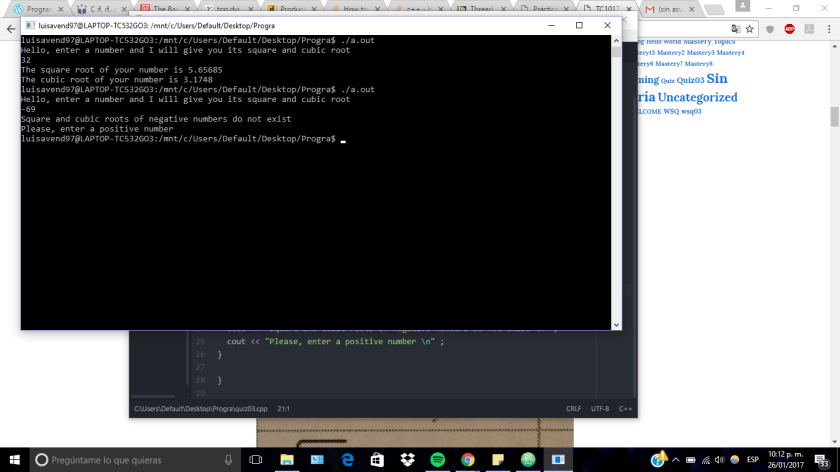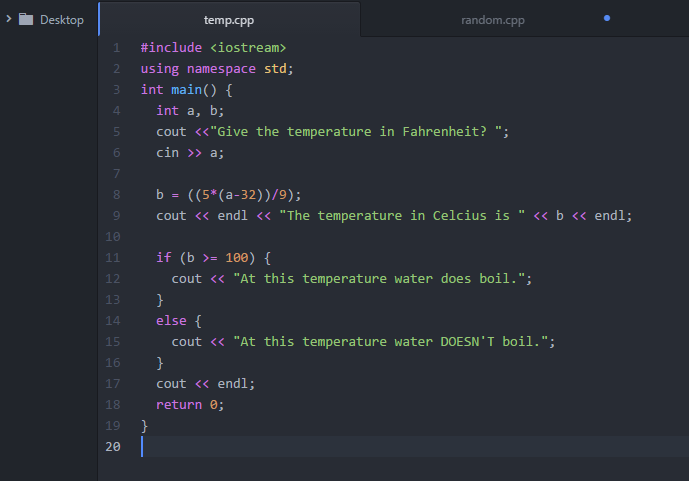--Originally published at Tec Life
This was the problem:
Write a program that asks for a range of integers and then prints the sum of the numbers in that range (inclusive).
You can use a formula to calculate this of course but what we want you to do here is practice using a loop to do repetitive work.
For example, the sum from 6 to 10 would be 0 + 6 + 7 + 8 + 9 + 10.
I start declaring normally my variables as integers and one different that I give him a value “suma= 0” later I will explain that, and one variable as character “con”.
I start my main asking the user t put the ranges of the sum and then I put and if in case if the range one was lower than the range two.
Then I put a loop with a loop while that says that the result is going to be equal to the result plus one while range one be lower than range two and every time that the operations happens range one is going to be one number more that it was until be the same as range two, and finally put the result of the sum.
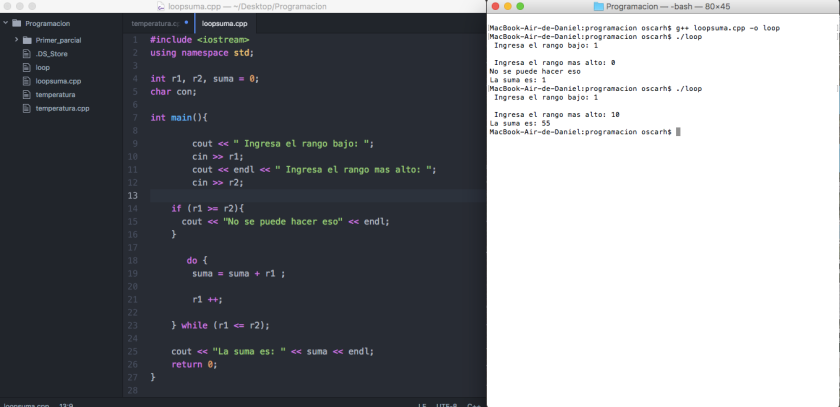
#WSQ04
Image from: http://www.clipartbro.com/categories/greek-symbol-for-sum-clipart

